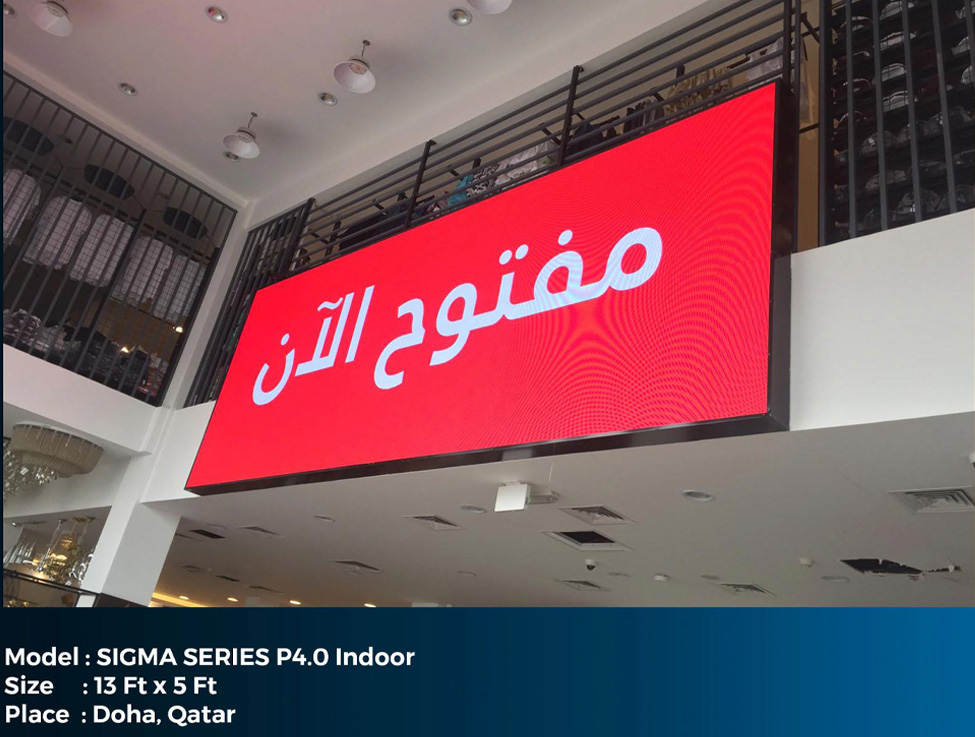Blog Details
As virtual reality and augmented reality continue to evolve, how might LED screen technology adapt to provide more immersive experiences for users

- Posted On 04 Oct 2024
#rentalledScreen #advertisingleddisplay #outdoorledscreenkochi #ledvideowall #leddisplay #leddisplayscreen #leddancefloor #toprentalledscreen #8x12ledwallsindia #8x12ledwallschennai #ledweddingstage #fixedledscreenkochi #videoledwallstamilnadu #LedwallKerala #topgproseries #bestledscreenmanufacturers #ledwallsupplierBanglore #advertisingleddisplay #videowallmanufactures #P3ledwallsmanufactures #bestP3ledwalls #ledscreenservice #topvideoledwalls #indoorledvideowall #outdoorledwall #outdoorledwallkochi #ledwallsupplierHyderabad #leddisplaymanufacturescalicut #ledvideowallcalicut #ledwallKochi
As VR and AR advance to more immersive levels, the role of LED screen technology is progressing at a fast pace in comparison to higher efforts that are more intensive and lifelike. As strong resolutions and colorful colors are adaptable from second to second, it will soon help in positively enhancing the visual environments of VR and AR and offer unmatched realism and interaction for their users.
1. Excellent Display Capability for Immersive Experiences The most intuitive way LED screens address VR and AR at present is through pixel density and refresh rates increase. A virtual or augmented world is critical to clarity. High-definition LED displays with superior refresh rates reduce motion blur and latency, creating a very seamless transition between reality and the world being created on the screen. Objects, whether projected by a VR headset or created via an AR overlay, are highly realistic and razor-sharp with advanced LED technology.
In the VR environments, LED screens further the frontier because they come in curved and bendable displays that can afford 360-degree views all-around panoply-that is to say, 360 degrees. These screens are apt for VR arenas, immersive game settings, or virtual training programs where users ought to be fully wrapped in the digital world. Flexibility of these LED displays makes them wrap around users with enlargement in depth and scope of an experience.
2. Integration of LED Displays with Mixed Reality Graphics
Mixed reality, the blend of both AR and VR, is best suited for adaptive LED displays. Imagine semi-transparent LED screens that allow an audience to engage with digital overlay on top of their physical environment. These are the types of displays that will increasingly contribute to the rapidly expanding AR market as consumers weigh real-world input through the surroundings with their augmentations of virtuality. For example, transparent LED displays on shop windows or the back of buses enable a projection of AR information over any view of the actual worldfor improving customers' experience or even navigation systems.
3. Immersive Shared Spaces with LED Screens
As experiences in VR and AR graduate from an individual setting to shared, social environments, large-scale LED displays are going into VR theaters, immersive entertainment venues, and virtual collaboration spaces. Expansive LED walls can surround users to create a holographic effect or synchronize virtual elements with real-time movements. For example, in VR-based training or simulations, a 360-degree LED video wall can carry a user through a realistic scenario, vastly enhancing the experience.
Retailers can integrate augmented reality with LED video walls that can detect the presence of customers; this will give an ambient visualizing of personalized content or interactive advertisements. When motion-sensing LED screens will be an innovation in AR technology, it will be a fever: users can project themselves into a physical space to continue touch with virtual elements in an immersive and interactive shopping or entertainment experience.
4. Collaborative and Interactive Applications
Another major area where LED screens are opening up is in their usage as collaboration surfaces for mixed-reality applications like collaborative VR and AR. For example, the LED video wall installed in a control room or in a design studio will act as a collaboration device that enables teams to interact with the data or the 3D model in the mixed reality. In this case, with the touch-sensitive nature of the LED screens, users can flip objects and designs around in real-time as means of building that bridge between digital and physical interaction.
This would be helpful in industries related to architecture, engineering, and medicine since they can work together in real-time; teams can project a life-size 3D model from an LED display wherein the users wearing AR glasses can interact with designs, simulate change, or raise problems together.
5. LEDs in Future Immersive Experiences
Micro-LED technology is likely to dominate in the future. Micro-LEDs are brighter, with higher contrast, and consume less energy than their contemporaries; they are ideal for use in the case of outdoor VR or AR wearables due to lighting conditions. The transparent micro-LED screens will be revolutionary in HMDs both for VR and AR, as more "real" and unobstructed visuals can be experienced by the user.
We can see holographic LED displays in the future as well. In this, there will be screens which project 3D visuals into physical space without requiring anyone to wear VR headsets or AR glasses. This can revolutionize sectors like education, gaming healthcare, and retail with fully immersive experiences in open environments.
LEDs become a critical piece of even more immersive, interactive, and engaging experiences built for users as VR and AR evolve. From flexible, curved displays through transparent panels to large video walls, the development of LEDs will form the core of these emerging technologies. With adaptation to demands from VR/AR applications, LEDs are poised to redefine the experience of virtual worlds and interaction with digital information in everyday life.
